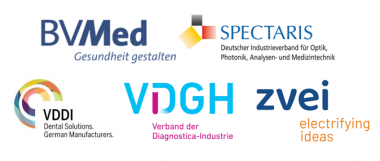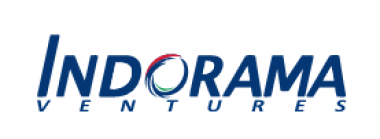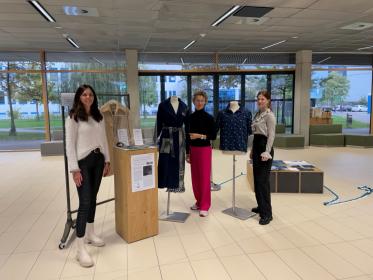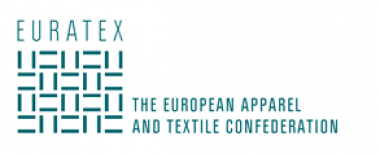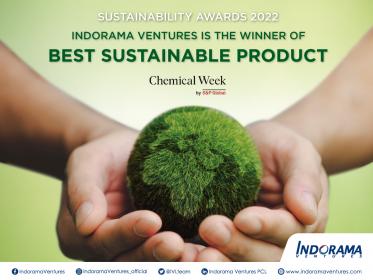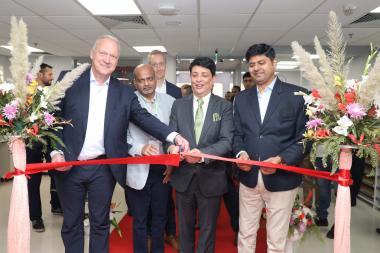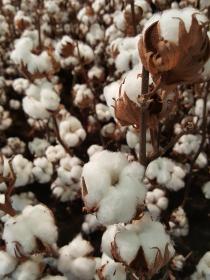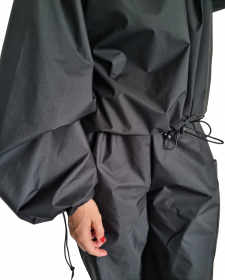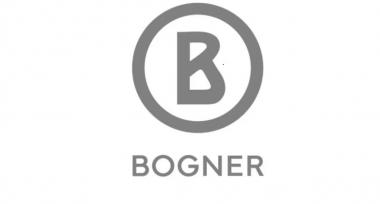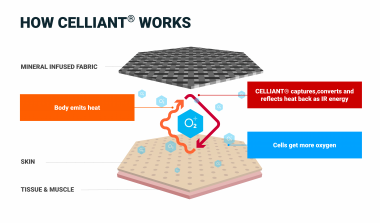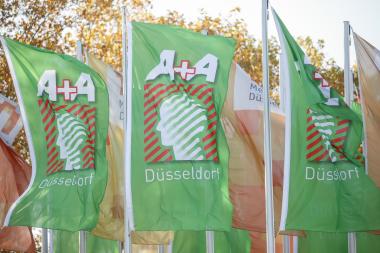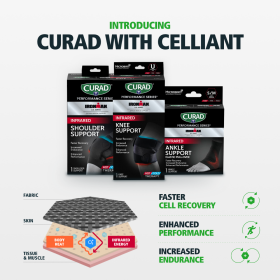Bogner: FIRE+ICE and LoveShackFancy present Le Grand Chalet Collection
After the success of last year, FIRE+ICE is cooperating with the US label LoveShackFancy for Fall/Winter 2022 for the second time. “Le Grand Chalet” collection provides an effortless look that crosses from mountain to city.
Technical performance wear meets floral fashion styling in this new FIRE+ICE x LoveShackFancy collaboration that nods to the opulence of 80s French ski fashion. This new capsule pairs bold bright prints and French-inspired ditsy florals with impeccably crafted outerwear. With a fresh perspective on styling plus palettes of vibrant tones and pastel hues, this collection includes every layer of winter wear, including jackets, coats, leggings, ski bibs, accessories, shoes, and more, all with exclusive new FIRE+ICE x LoveShackFancy prints.
Whether on the slopes or on the streets, this elevated winter collection merges FIRE+ICE’s technical performance gear with LoveShackFancy’s iconic feminine floral style resulting in an innovative yet elegant collaboration.
Willy Bogner GmbH & Co. KGaA






